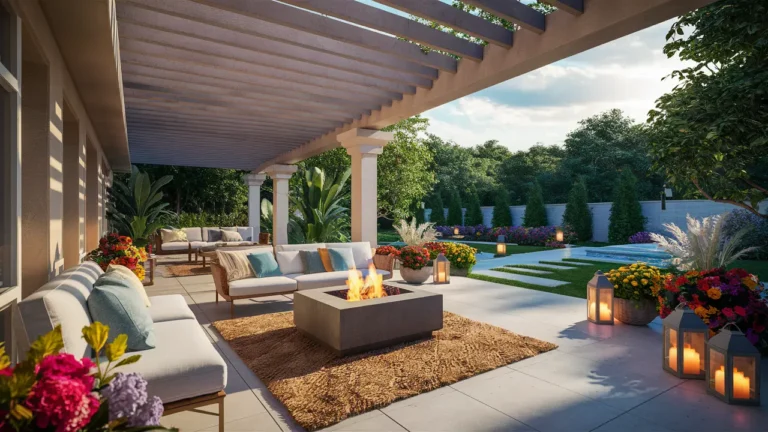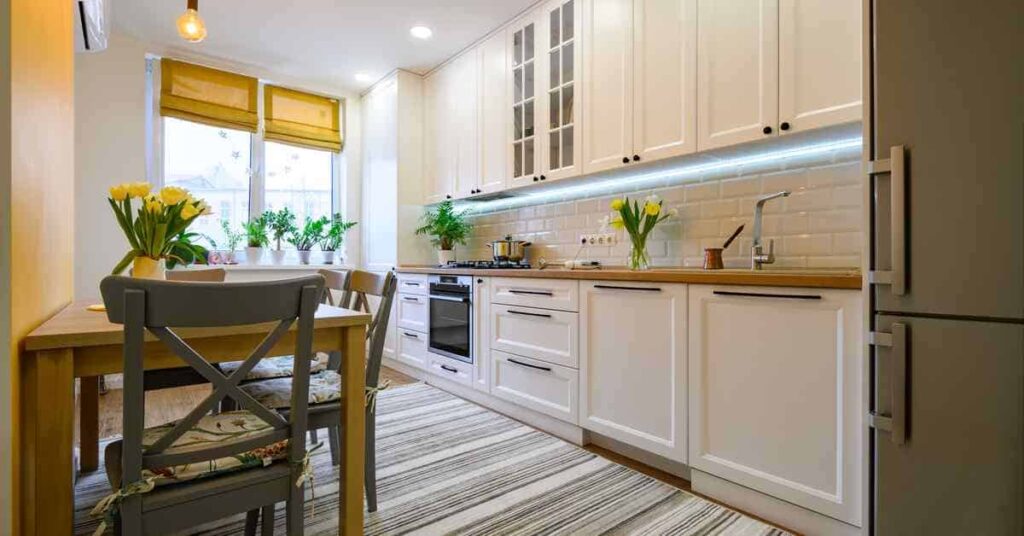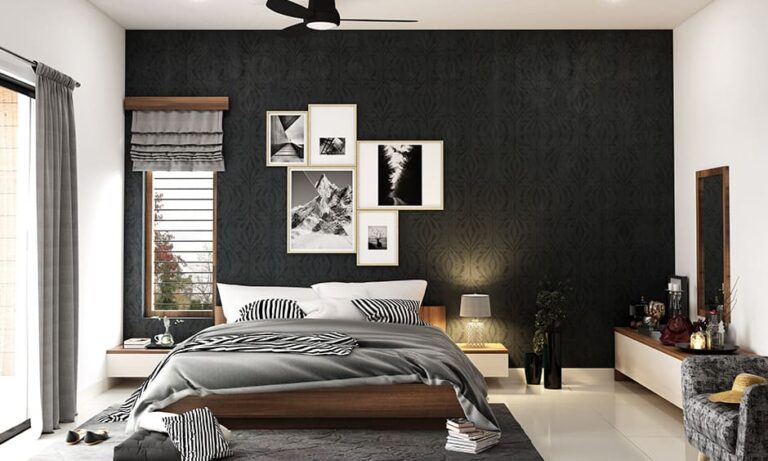Creating a modern mountain retreat is an ambitious project that blends the allure of serene, natural settings with contemporary architectural elements. This journey from initial concept to the final construction involves careful planning, an understanding of the environment, and a commitment to integrating modern design with the rugged mountain terrain. Here’s a detailed guide to help you navigate the process of building your dream mountain retreat.
1. Conceptualization and Design
The first step in creating your mountain home is conceptualization. This stage is all about envisioning your ideal retreat and how it interacts with its surroundings.
- Inspiration: Gather inspiration from existing mountain homes, architectural magazines, and natural elements. Consider the views, the local vegetation, and the topography of your site.
- Functionality: Determine what you need from your mountain home. Is it a family retreat, a place for solitude, or a space to entertain guests? This will guide the design process.
- Design Principles: Incorporate modern design principles such as clean lines, large windows, and open floor plans. These elements help to bring the outdoors inside, enhancing the natural beauty of your surroundings.
2. Choosing the Right Architect and Team
Selecting an architect who understands your vision and has experience with mountain terrain is crucial.
- Experience: Look for an architect with a portfolio of mountain homes. They will be familiar with the challenges and opportunities of building in such environments.
- Collaboration: Ensure that your architect is willing to collaborate closely with you throughout the process. This partnership will be essential in translating your vision into reality.
- Team Selection: Besides an architect, you will need a reliable contractor, an interior designer, and possibly a landscape architect. Choosing the right team can make or break your project.
3. Site Selection and Analysis
The location of your mountain retreat is just as important as the design.
- Accessibility: Consider how easy it is to access your site, especially in harsh weather conditions typical of mountainous areas.
- Orientation: Analyze the site for optimal views and sunlight. The orientation can significantly affect heating and cooling efficiencies.
- Impact: Evaluate the environmental impact of your construction. Aim to minimize disruption to the natural landscape.
4. Navigating Regulations and Permits
Building in mountainous areas often comes with a set of regulatory challenges.
- Local Regulations: Familiarize yourself with local building codes and restrictions. Mountain homes often face stricter regulations to preserve the natural environment.
- Permits: Ensure you have all the necessary permits before beginning construction. This can be a lengthy process, so factor this into your project timeline.
5. Construction Phase
With a solid design and all permits in hand, construction can commence.
- Material Selection: Choose materials that are not only aesthetically pleasing but also durable enough to withstand the mountain climate. Stone, wood, and glass are popular choices.
- Building Techniques: Consider modern construction techniques that can reduce building time and environmental impact, such as prefabricated components.
- Quality Assurance: Regular site visits and consultations with your team will help ensure that construction meets your standards and adheres to the design.
6. Interior Design and Landscaping
As the construction nears completion, focus shifts to the interior and the landscape.
- Interior Design: Choose interiors that complement the exterior while offering comfort and functionality. Use textures and colors that echo the mountainous landscape.
- Landscaping: Design the outdoor spaces to blend seamlessly with the surroundings. Native plants and sustainable landscaping practices can enhance the beauty and ecological responsibility of your retreat.
Conclusion
Building a modern mountain retreat is a rewarding endeavor that requires detailed planning and a deep respect for the natural landscape. From the initial concept to the construction phase, every step should be approached with care and thoroughness. With the right team and a clear vision, your modern mountain retreat can provide a timeless sanctuary that celebrates the intersection of nature and modern design.















